The Ultimate Guide To Companion Planting
The Ultimate Guide to Companion Planting
Companion planting is a gardening technique that involves planting certain plants together to benefit each other. This can be done to attract beneficial insects, repel pests, improve soil quality, or increase crop yields.
There are many different companion planting combinations that can be used, but some of the most popular include:
- Marigolds and tomatoes: Marigolds can help to repel nematodes, which can damage tomato plants.
- Beans and corn: Beans fix nitrogen in the soil, which can benefit corn plants.
- Carrots and onions: Onions can help to repel carrot flies, which can damage carrot plants.
- Leeks and lavender: Lavender can help to repel cabbage moths, which can damage leek plants.
- Basil and tomatoes: Basil can help to improve the flavor of tomatoes.
When choosing companion plants, it is important to consider the needs of each plant. For example, some plants need full sun, while others prefer partial shade. Some plants are heavy feeders, while others are more drought-tolerant.
It is also important to consider the pests and diseases that are common in your area. Some companion plants can help to repel pests or diseases, while others can make plants more susceptible to them.
There are many resources available to help you learn more about companion planting. Books, websites, and even gardening magazines often have articles on the topic. You can also talk to other gardeners in your area to get their recommendations.
Benefits of Companion Planting
There are many benefits to companion planting, including:
- Increased crop yields: Companion planting can help to increase crop yields by attracting beneficial insects, repelling pests, and improving soil quality.
- Improved plant health: Companion planting can help to improve plant health by deterring pests and diseases.
- Reduced need for pesticides: Companion planting can help to reduce the need for pesticides by attracting beneficial insects that prey on pests.
- Enhanced flavor: Companion planting can enhance the flavor of some crops. For example, basil can help to improve the flavor of tomatoes.
- Attract pollinators: Companion planting can attract pollinators, such as bees and butterflies, which can help to pollinate crops.
How to Companion Plant
There are a few things to keep in mind when companion planting:
- Consider the needs of each plant. Make sure that the plants you choose will thrive in the same conditions.
- Plant compatible plants together. Some plants are incompatible and should not be planted together.
- Plant in blocks or rows. This will help to deter pests and diseases.
- Mulch around plants. Mulch can help to improve soil quality and suppress weeds.
Conclusion
Companion planting is a great way to improve your garden's productivity and health. By planting certain plants together, you can attract beneficial insects, repel pests, improve soil quality, and increase crop yields.
If you are new to companion planting, start by learning about the basic principles. Then, experiment with different combinations of plants to see what works best in your garden. With a little trial and error, you will soon be able to create a thriving garden that is full of healthy, productive plants.
Do you want to have a thriving garden? If so, you need to know about companion planting. Companion planting is the practice of planting certain types of plants together to benefit each other. Some plants attract beneficial insects, while others deter pests. Some plants improve the soil quality, while others help to shade or support each other.
There are many different companion planting combinations, but some of the most popular include:
- Tomatoes and basil: Basil deters tomato hornworms and other pests, and it also enhances the flavor of tomatoes.
- Carrots and onions: Carrots and onions repel each other's pests, and they also help to improve the soil quality.
- Beans and corn: Beans fix nitrogen in the soil, which benefits corn. Corn provides shade for beans, which helps to protect them from heat.
- Marigolds and most vegetables: Marigolds repel a variety of pests, making them a good companion plant for most vegetables.
If you're not sure which plants to grow together, there are many resources available to help you. One great resource is the Gardenia Inspiration. This website has a comprehensive list of companion planting combinations, as well as information about the benefits of companion planting.
FAQ of best plants to grow together
Q: What are the best plants to grow together?
A: There are many factors to consider when choosing plants to grow together, such as their sun and water requirements, their growth habits, and their colors. Some popular combinations include:
- Hostas and ferns: These shade-loving plants complement each other well, and their different textures add interest to the garden.

- Chrysanthemums and salvias: These sun-loving plants bloom at different times of the year, so they can provide color in the garden for a long period of time.
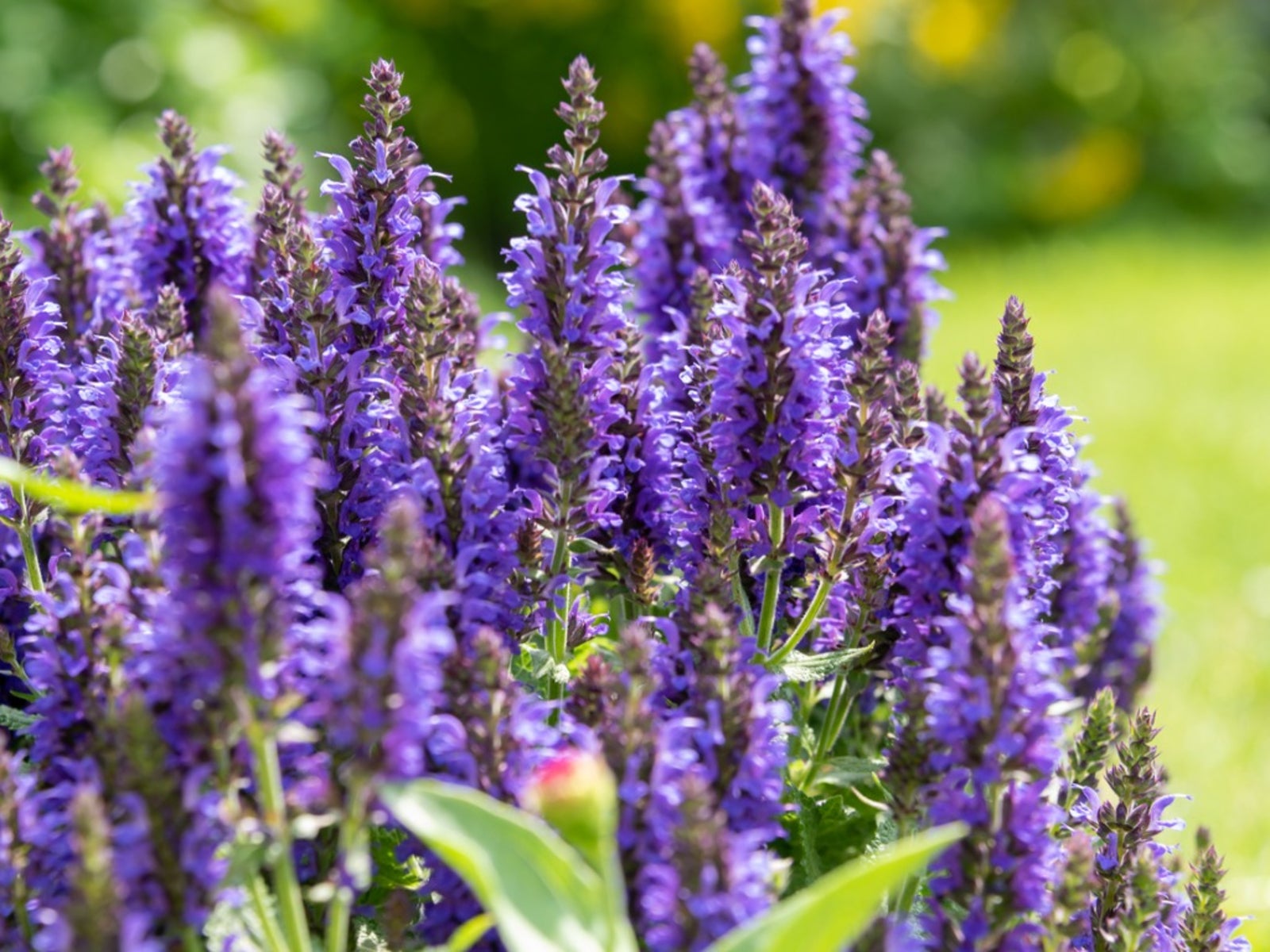
- Lavender and rosemary: These Mediterranean herbs have similar growing requirements and can be used in both cooking and gardening.
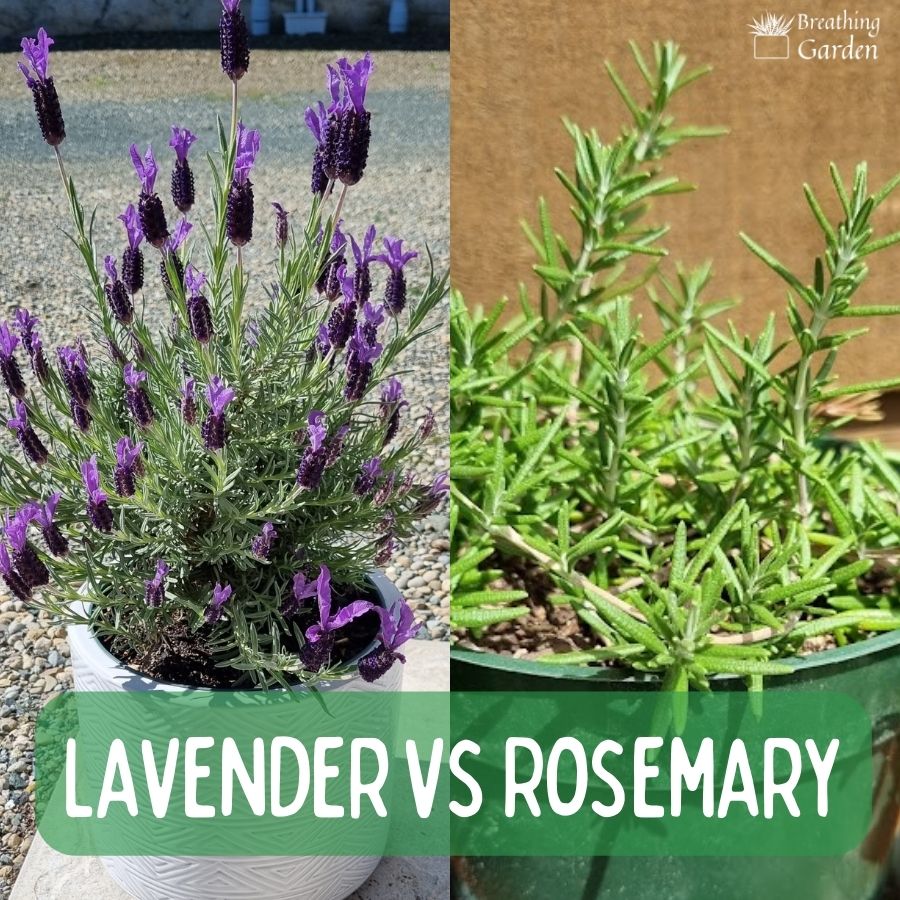
- Petunias and marigolds: These annuals are easy to grow and come in a wide variety of colors, so they can be used to create a colorful display in the garden.

- Zinnias and cosmos: These annuals are also easy to grow and come in a variety of colors, so they can be used to create a colorful display in the garden.

Q: How do I choose the best plants to grow together?
A: When choosing plants to grow together, it is important to consider their sun and water requirements, their growth habits, and their colors. You also want to make sure that the plants will not compete with each other for nutrients.
Here are some tips for choosing the best plants to grow together:
- Match their sun and water requirements: Plants that have similar sun and water requirements are more likely to thrive together. For example, you would not want to plant a desert plant like a cactus next to a bog plant like a water lily.
- Consider their growth habits: Some plants grow tall and need plenty of space, while others grow short and bushy. If you plant two plants with different growth habits next to each other, one of them may end up smothering the other.
- Think about their colors: Plants with complementary colors can create a visually appealing display in the garden. For example, you could plant blue lobelias next to orange marigolds to create a striking contrast.
- Avoid plants that compete for nutrients: Some plants are heavy feeders and require a lot of nutrients from the soil. If you plant these plants next to other plants that are also heavy feeders, they may compete with each other for nutrients and both plants may suffer.
Q: What are some tips for planting plants together?
A: When planting plants together, it is important to follow these tips:
- Plant the plants at the correct depth: Each plant has a specific depth at which it should be planted. If you plant a plant too deep, it may not get enough sunlight. If you plant it too shallow, it may not be able to get enough water.
- Space the plants correctly: Each plant needs a certain amount of space to grow. If you plant the plants too close together, they may not be able to get enough sunlight or air circulation.
- Fertilize the plants regularly: Most plants need to be fertilized regularly to thrive. You can use a balanced fertilizer or a fertilizer that is specifically designed for the type of plants you are growing.
- Water the plants regularly: Most plants need to be watered regularly, especially during hot, dry weather. You should water the plants deeply so that the water reaches the roots.
Q: What are some common mistakes people make when planting plants together?
A: Some common mistakes people make when planting plants together include:
- Planting plants with different sun and water requirements together: This can lead to one plant being overwatered or underwatered, which can stress the plant and make it more susceptible to pests and diseases.
- Planting plants with different growth habits together: This can lead to one plant smothering the other.
- Planting plants that compete for nutrients together: This can lead to both plants suffering from nutrient deficiencies.
- Not fertilizing the plants regularly: This can lead to the plants becoming weak and susceptible to pests and diseases.
- Not watering the plants regularly: This can lead to the plants becoming stressed and dying.
Image of best plants to grow together
5 different images of "best plants to grow together" from Pinterest:
- Mint and brassicas: Mint is a great companion plant for brassicas, such as broccoli, cabbage, and cauliflower. It helps to deter pests, such as cabbage loopers and aphids.
- Marigolds and tomatoes: Marigolds are another great companion plant for tomatoes. They help to repel nematodes, which can attack tomato roots.
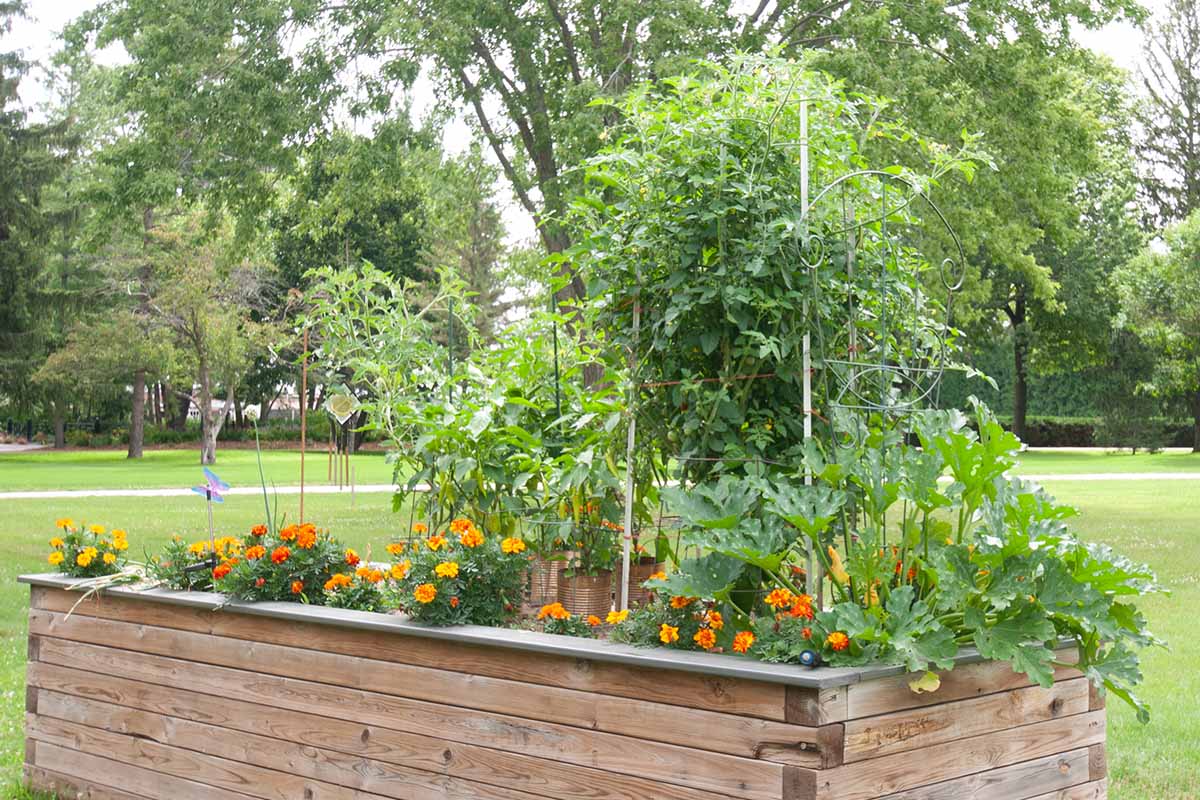
- Carrots and leeks: Carrots and leeks are a classic companion planting combination. They help to improve each other's growth and flavor.

- Lavender with carrots and leeks: Lavender is another good companion plant for carrots and leeks. It helps to repel carrot flies and leek moths.
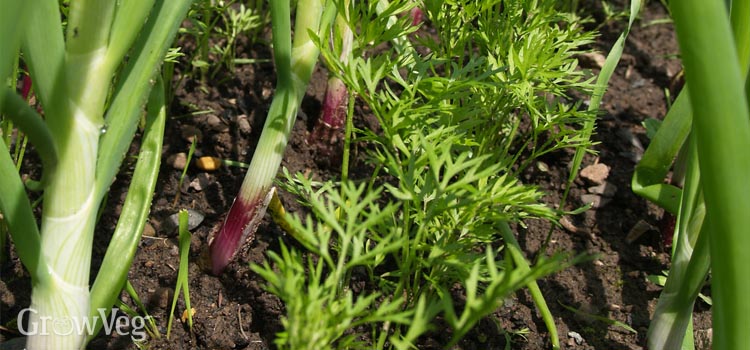
- Wormwood and beans: Wormwood is a good companion plant for beans. It helps to repel aphids, beetles, and other pests.
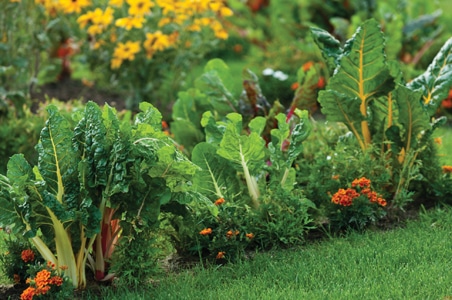
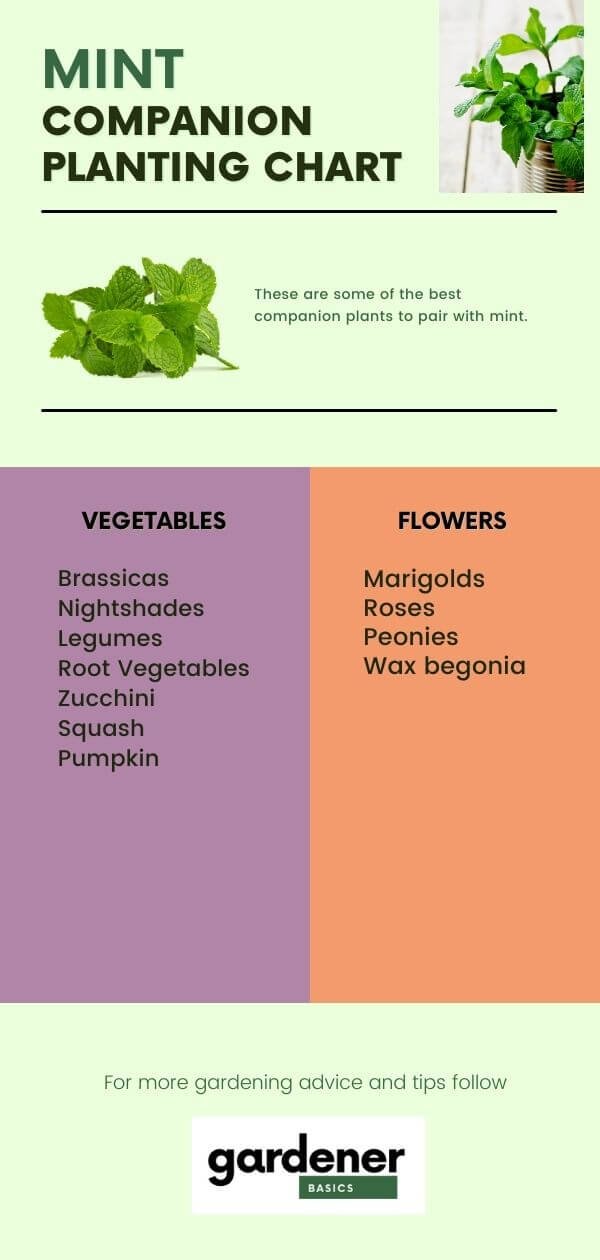
Post a Comment for "The Ultimate Guide To Companion Planting"